The Story of the 1904 Olympics Golf Tournament
Golf returns to the Olympics this year for the first time since 1904

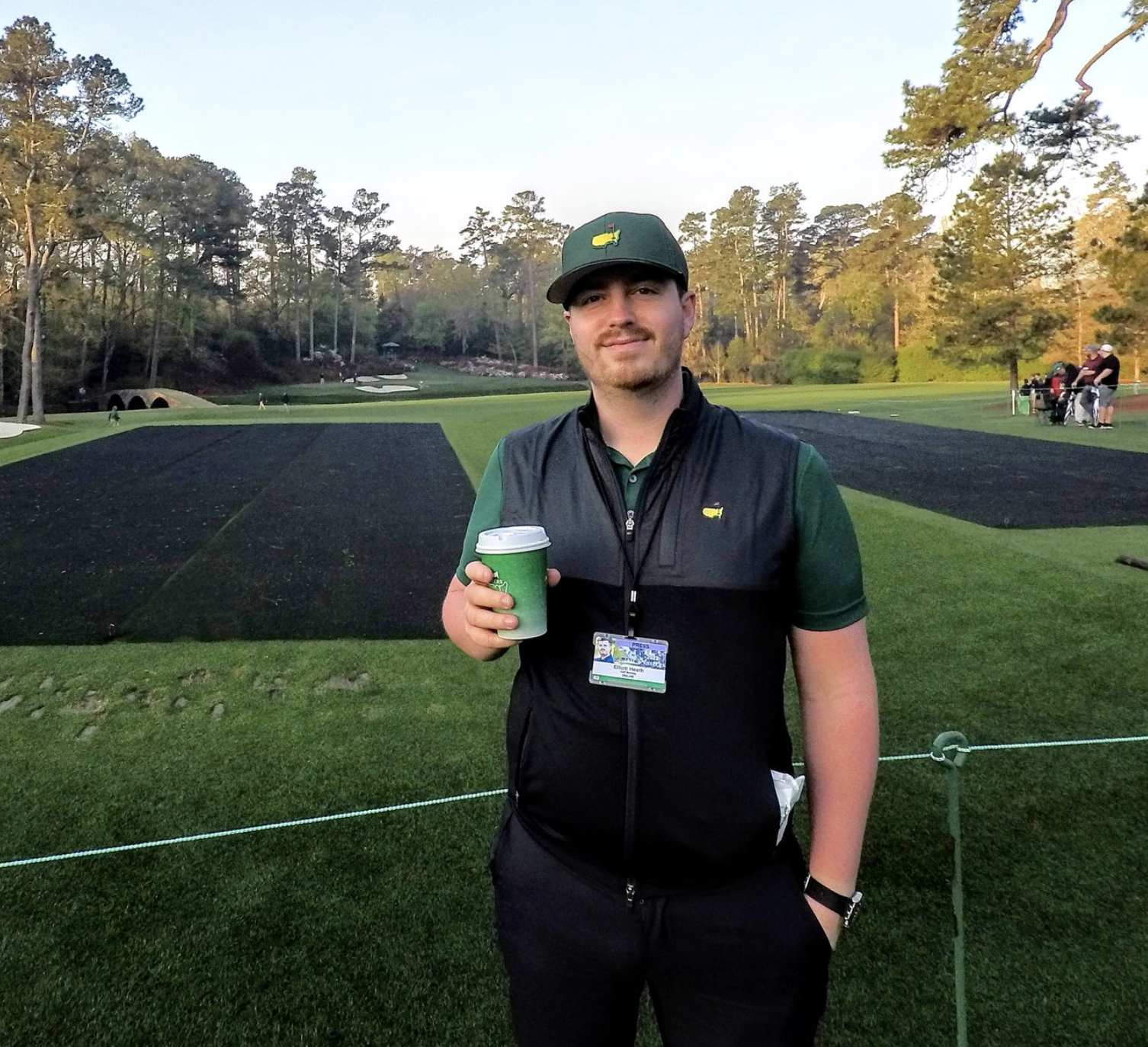
Dan Davies recalls the remarkable stories of the 17-year-old prodigy from Chicago who won a team gold medal on the last occasion golf featured at the Olympics, and the 46-year-old champion who celebrated victory by walking on his hands
The Story of the 1904 Olympics Golf Tournament
In August golf will return to the Olympic Games after an absence of 112 years. Following the decision made by the International Olympic Committee in 2009, many but not all of the world’s top male and female professionals will line up to compete in 72-hole individual tournaments over the newly built Olympic Course within the Reserva de Marapendi in Rio de Janeiro.
Despite the well-publicised withdrawals of Jason Day, Jordan Spieth, Dustin Johnson, Rory McIlroy and others, most of those playing in Rio will be known to the millions worldwide who follow the sport — a far cry from the last time golf was part of the Olympics.
In 1904, the last occasion golf featured, the tournament was dominated by leading amateurs from the American Midwest. Among them was a 17-year-old prodigy from Chicago whose team gold medal, one of only three known surviving Olympic gold medals for golf, is offered in the Out of the Ordinary sale at Christie's South Kensington on 14 September — http://www.christies.com/features/Golfing-for-gold-at-the-1904-Olympics-7560-1.aspx

The 1904 competition was held at Glen Echo Country Club on the outskirts of St Louis, opened three years previously. Today the course — designed by the 1896 US Open champion Jim Foulis, a native of St Andrews — is largely unchanged, other than for the mature trees that now line the fairways. The Olympic flag still flutters outside the clubhouse.
It could be said that Glen Echo C.C. owes its place in Olympic history to the organisers of the 1904 World’s Fair in St. Louis. Chicago had originally won the bid to stage that year’s Olympic Games, but the movers and shakers behind the Louisiana Purchase Exposition, as the fair was formally known, threatened to stage their own, superior sporting events unless the Olympics were moved. Pierre de Coubertin, the founder of the modern Olympic movement, eventually bowed to pressure and awarded the games to St. Louis.
Get the Golf Monthly Newsletter
Subscribe to the Golf Monthly newsletter to stay up to date with all the latest tour news, equipment news, reviews, head-to-heads and buyer’s guides from our team of experienced experts.
A combination of global tensions over the Russo-Japanese war and the difficulty of getting to Missouri meant that many top international athletes did not attend. The United States fielded 526 participants across 94 events in 19 disciplines, which included tug of war, hurling and roque, a form of croquet. The next biggest national team was Canada’s, with 56 competitors. Great Britain sent just six athletes, while France was represented by a single competitor. The fact that the games were treated as something of a sideshow to the World’s Fair is reflected in the performance of American George Eyser, who won six medals in gymnastics despite possessing a left leg made of wood.
Golf had appeared in just one previous Olympic Games, four years earlier in Paris, when a 36-hole competition had been staged for men and a nine-hole contest for women. For the St Louis games, however, the women’s championship had been dropped, replaced by a men’s team championship held over 36 holes.
77 golfers — 74 leading American amateur players, chiefly from the St Louis area, and three from Canada — assembled for the competition which began on 17 September. As The Golfers’ Magazine reported at the time, ‘The entries for the Olympic championship were rather disappointing, particularly so in those from the East. The known apathy of New Yorkers for any Western event should have been taken into consideration.’
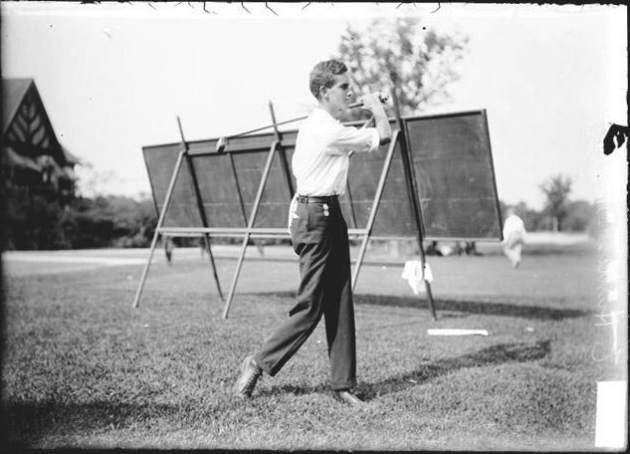
Among those who did attend was Robert E. Hunter, a 17-year-old member of the Midlothian Golf Club, one of Chicago’s most celebrated courses. At this nascent stage in the development of the sport, the Chicago area was regarded as one of the hotbeds of American golf.
Hunter had won the Junior Handicap Cup at the Midlothian Country Club in July of the previous year, coming within one stroke of the amateur course record with a round of 80. He went on to win the prestigious Chicago Cup in October 1903 and, two months before the Olympic event, played in the US Open Championship at Glen View Golf Club in Illinois where he would have finished as the top amateur had it not been for one H. Chandler Egan, a 19-year-old from Chicago. Egan was a tyro who won the 1904 US Amateur Championship at the Baltusrol Golf Club, as well as the coveted Western Amateur Championship.
Hunter was a member of one of three U.S. teams in the Olympic event, his made up of representatives of the Western Golf Association and led by Egan, whose cousin also played. The other two teams representing the United States consisted of players from the Trans-Mississippi Golf Association and the United States Golf Association, which entered late after other teams had dropped out.
In the 36-hole qualifying competition for the matchplay stages — which also counted for the team event — Hunter comfortably made it through to compete in the knockout phase. His rounds of 87 and 84 were good enough for 14th place, although such scores would likely guarantee any 2016 competitor a spot at the bottom of the Olympic leaderboard. H. Chandler Egan finished five shots ahead of Hunter, on 166, while the only non-American qualifier, the 46-year-old George Lyon of Canada, qualified on 169.
Hunter went on to win his first match comfortably, played over 36 holes in the knockout stages, before bowing out in the round of 16 to Burt McKinnie. His conqueror would make it all the way through to the semi-finals, where he eventually lost 4&3 to Egan.
On the other side of the draw, the main talking point was the progress of George Lyon. An outstanding all-round sportsman from Toronto, Lyon had made his name as a cricketer before taking up golf at the ripe old age of 37. Three years after picking up a club for the first time, the fire insurance salesman won the first of eight Canadian Amateur Championship titles.
In the heat of St. Louis, Lyon thrashed a series of opponents before squeezing past Francis Newton to secure his place in the final. A diabetic who suffered from chronic hay fever, he nevertheless strode the fairways of Glen Echo Country Club in thick trousers, an undershirt, tie, waistcoat and jacket, using his unorthodox swing to unleash a series of huge drives.
Egan, who had won the long-driving contest that preceded the tournament, was tipped by almost everyone to win. Young, successful and also a prodigiously long hitter, the reigning US Amateur champion was quite unprepared for Lyon’s opening salvo, which saw the Canadian drive the green on the 276-yard par-4 first hole.
It was a shot that set the tone for the final — as Egan found himself being consistently outdriven, his swing gradually disintegrated. He eventually found himself two down standing on the 15th tee in the second round of the final. When his drive found water and Lyon drove straight and true up the fairway, the match was as good as over. A plaque on the tee at Glen Echo commemorates the moment, with the body of water it overlooks having been renamed Lake Egan.
Consolation for Egan came in the team event, in which the 10 men representing the Western Golf Association, including Robert E. Hunter, ran out comfortable winners. Each of the team’s members received a solid gold medal — the St Louis Olympics was the first to award gold, silver and bronze medals, and one of only two Olympics to offer medals of solid gold.
The 14-carat golf medals had been designed by Colonel George McGrew, founder and president of Glen Echo C.C. and the driving force behind the Olympic event being staged at the course. When called up to receive his gold medal and ornate silver trophy at the awards dinner, Lyon shocked those present by walking the length of the room on his hands — a spectacle that is also unlikely to be emulated in Rio de Janeiro.
According to an article by the Golf Channel’s Jason Sobel, after accepting the gold medal upside-down, Lyon told the Toronto Star, ‘I am not foolish enough to think that I am the best player in the world, but I am satisfied that I am not the worst.’
Robert E. Hunter went on to win numerous titles, including two highly prestigious Intercollegiate Championships (now known as the NCAA Division 1 Championship) with Yale University in 1909 and 1910. In the latter, held at the Essex Country Club, he also won individual honours, a distinction he shares with greats of the game including Jack Nicklaus, Tiger Woods, Phil Mickelson and Tom Watson. Hunter made his living as an investment banker before passing away in 1971 aged 84.
Chandler Egan went on to successfully defend his US Amateur title in 1905, and represented America in the Walker Cup in 1930 and again in 1934. He also became a highly respected golf course designer, working for a time alongside Alistair Mackenzie, one of the most celebrated golf architects in history and a man who played an instrumental role in the creation of Augusta National alongside the great Bobby Jones. Egan died in 1936.
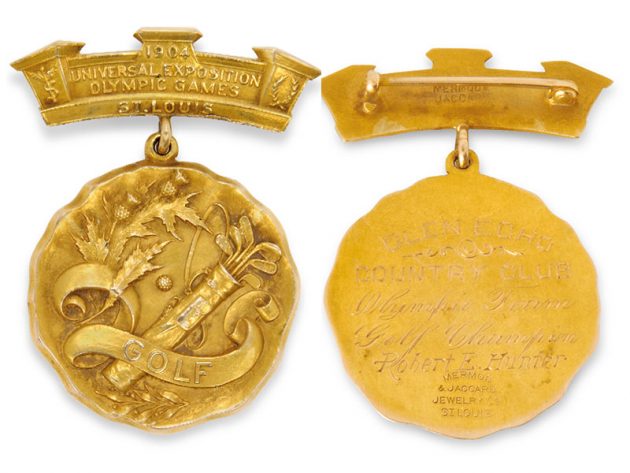
In 2015 Egan’s Olympic individual silver medal and team gold medal were discovered at the bottom of a bookcase on a farm in Ohio. They had belonged to his daughter, who had lived to the age of 101. The medals are currently on display in a special Olympic exhibit at the World Golf Hall of Fame in St. Augustine, Florida.
According to Michael G. Cochrane, author of Olympic Lyon: The Untold Story of the Last (and Lost) Gold Medal for Golf, George Lyon returned home to a hero’s welcome. He went on to win numerous other championships before founding the Canadian Seniors’ Golf Association and being elected President of the Royal Canadian Golf Association. He died in Toronto in 1938, and was posthumously inducted into the Canadian Golf Hall of Fame in 1971.
The Championship Cup awarded to Lyon after his Olympic triumph now resides at the Canadian Golf Hall of Fame in Oakville, Ontario, but his gold medal — the last individual gold medal awarded for golf — has never been found.
Aside from those awarded to Egan and Hunter, there is thought to be only one other surviving gold medal from the 1904 Olympic golf team event. ‘These medals appeal to such a broad audience,’ Mike Trostel, senior curator for the United States Golf Association Museum, toldGolf Digest magazine after Egan’s medals were discovered. ‘You have sports fans, golf fans, and then you have Olympics fans, so it touches a broad cross-section of people. It’s not just something in the golf world. It transcends that.’ In 2016, those golfers competing in Brazil will discover how.

Elliott Heath is our News Editor and has been with Golf Monthly since early 2016 after graduating with a degree in Sports Journalism. He manages the Golf Monthly news team as well as our large Facebook, Twitter and Instagram pages. He covered the 2022 Masters from Augusta National as well as five Open Championships on-site including the 150th at St Andrews. His first Open was in 2017 at Royal Birkdale, when he walked inside the ropes with Jordan Spieth during the Texan's memorable Claret Jug triumph. He has played 35 of our Top 100 golf courses, with his favourites being both Sunningdales, Woodhall Spa, Western Gailes, Old Head and Turnberry. He has been obsessed with the sport since the age of 8 and currently plays off of a six handicap. His golfing highlights are making albatross on the 9th hole on the Hotchkin Course at Woodhall Spa, shooting an under-par round, playing in the Aramco Team Series on the Ladies European Tour and making his one and only hole-in-one at the age of 15 - a long time ago now!
Elliott is currently playing:
Driver: Titleist TSR4
3 wood: Titleist TSi2
Hybrids: Titleist 816 H1
Irons: Mizuno MP5 5-PW
Wedges: Cleveland RTX ZipCore 50, 54, 58
Putter: Odyssey White Hot OG #5
Ball: Srixon Z Star XV
-
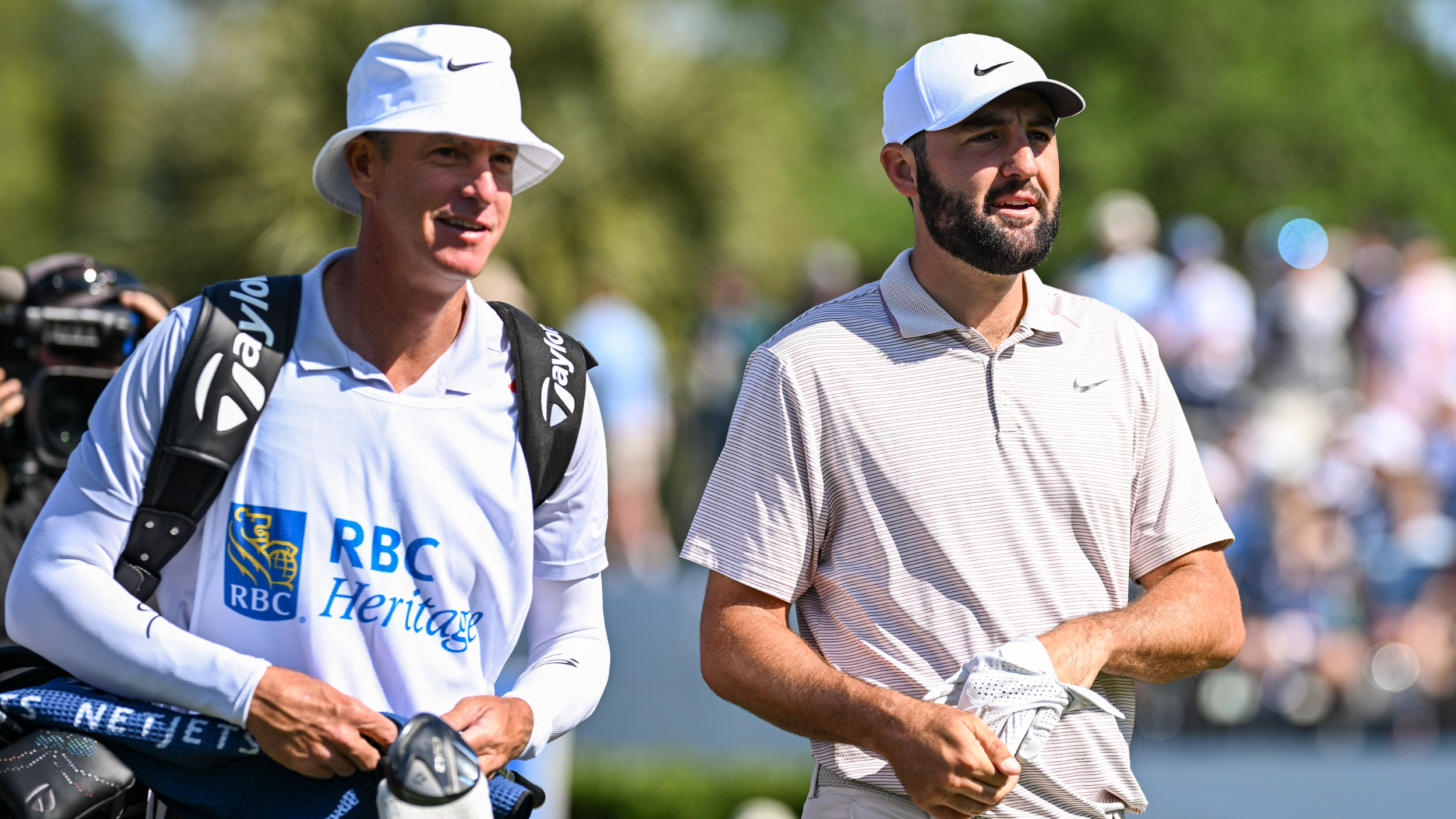 How Much The Winning Caddie Earns At The RBC Heritage
How Much The Winning Caddie Earns At The RBC HeritageThe latest of the PGA Tour’s signature events offers a huge prize for the winner, and the caddie alongside the champion is due for a big payday too
By Mike Hall
-
 How Far Does The Average Amateur Golfer Hit Their 4-Iron?
How Far Does The Average Amateur Golfer Hit Their 4-Iron?The 4-iron is a versatile ally to amateur golfers, helping to escape trouble and eat up distance, but how far does the average golfer hit this useful club?
By Barry Plummer
-
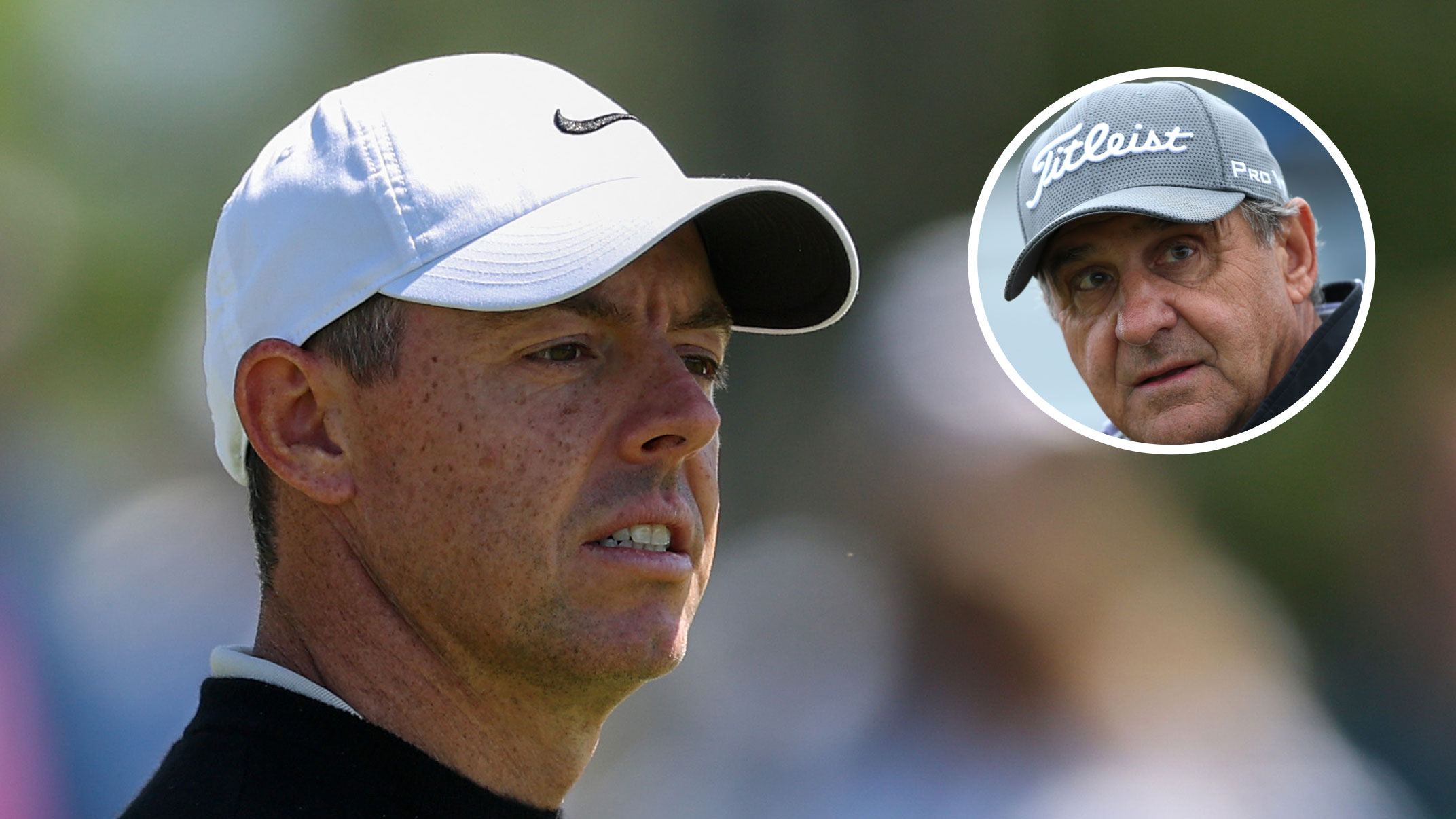 Who Is Bob Rotella? The Man Behind Rory McIlroy’s Masters Run
Who Is Bob Rotella? The Man Behind Rory McIlroy’s Masters RunMeet the person who has become an important member of McIlroy's close team
By Michael Weston
-
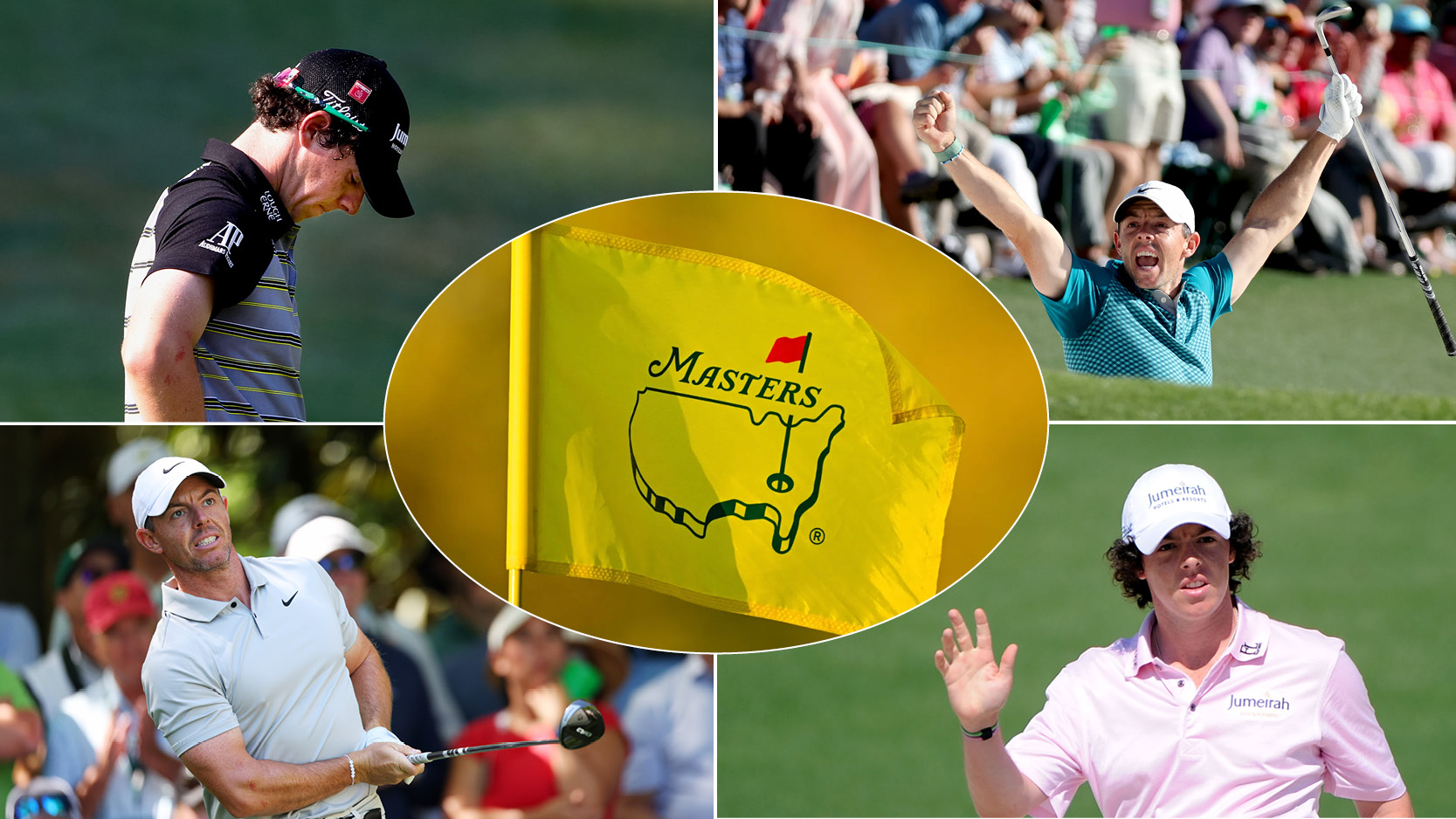 What Is Rory McIlroy's Masters Record?
What Is Rory McIlroy's Masters Record?The Northern Irishman is yet to win the first Major of the season, but he has come close on a couple of occasions - here is McIlroy's Masters record in full...
By Jonny Leighfield
-
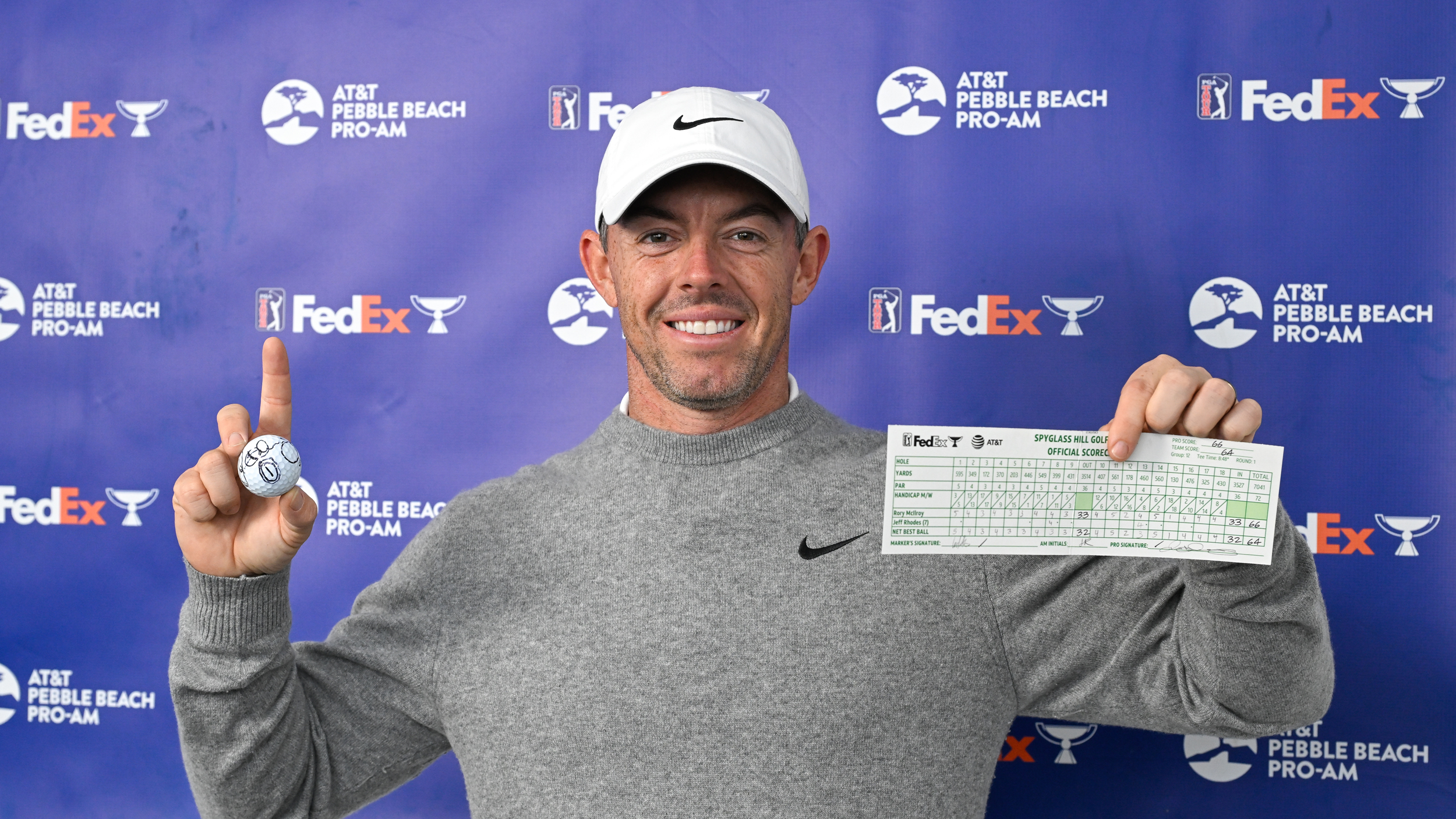 How Many Times Has Rory McIlroy Made A Hole-In-One In His Career?
How Many Times Has Rory McIlroy Made A Hole-In-One In His Career?The Northern Irishman has claimed multiple victories and countless awards during a professional career that began in 2007, but how many aces has he made?
By Jonny Leighfield
-
 9 Big Name Golfers Who Didn’t Go To College
9 Big Name Golfers Who Didn’t Go To CollegeNot every player who makes it in the professional game had the benefit of a college golf career - here are nine of the biggest names who made their names without taking that route
By Mike Hall
-
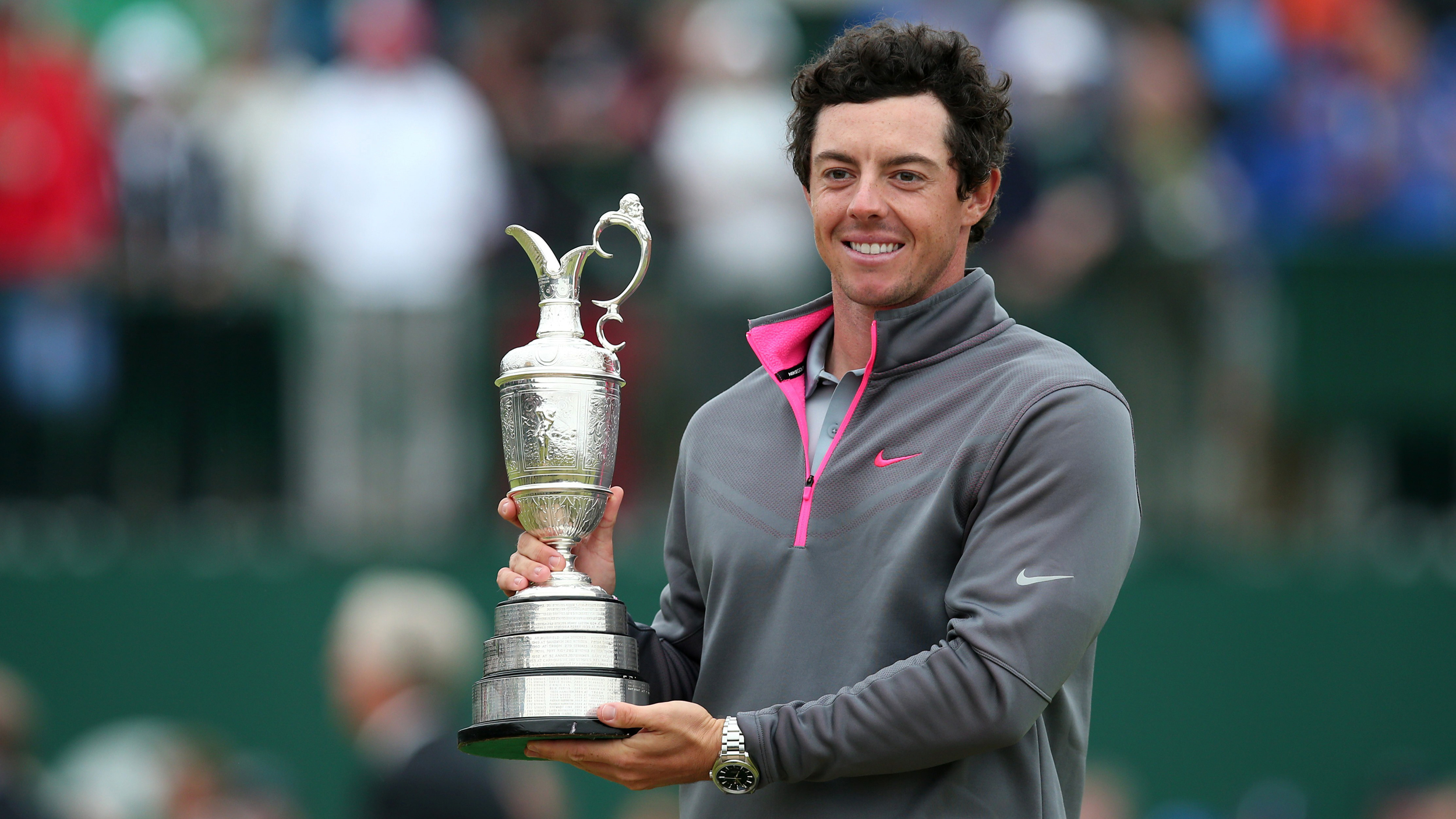 What Is Rory McIlroy's Open Championship Record?
What Is Rory McIlroy's Open Championship Record?We take a closer look at the Northern Irishman's results in golf's oldest Major Championship
By Michael Weston
-
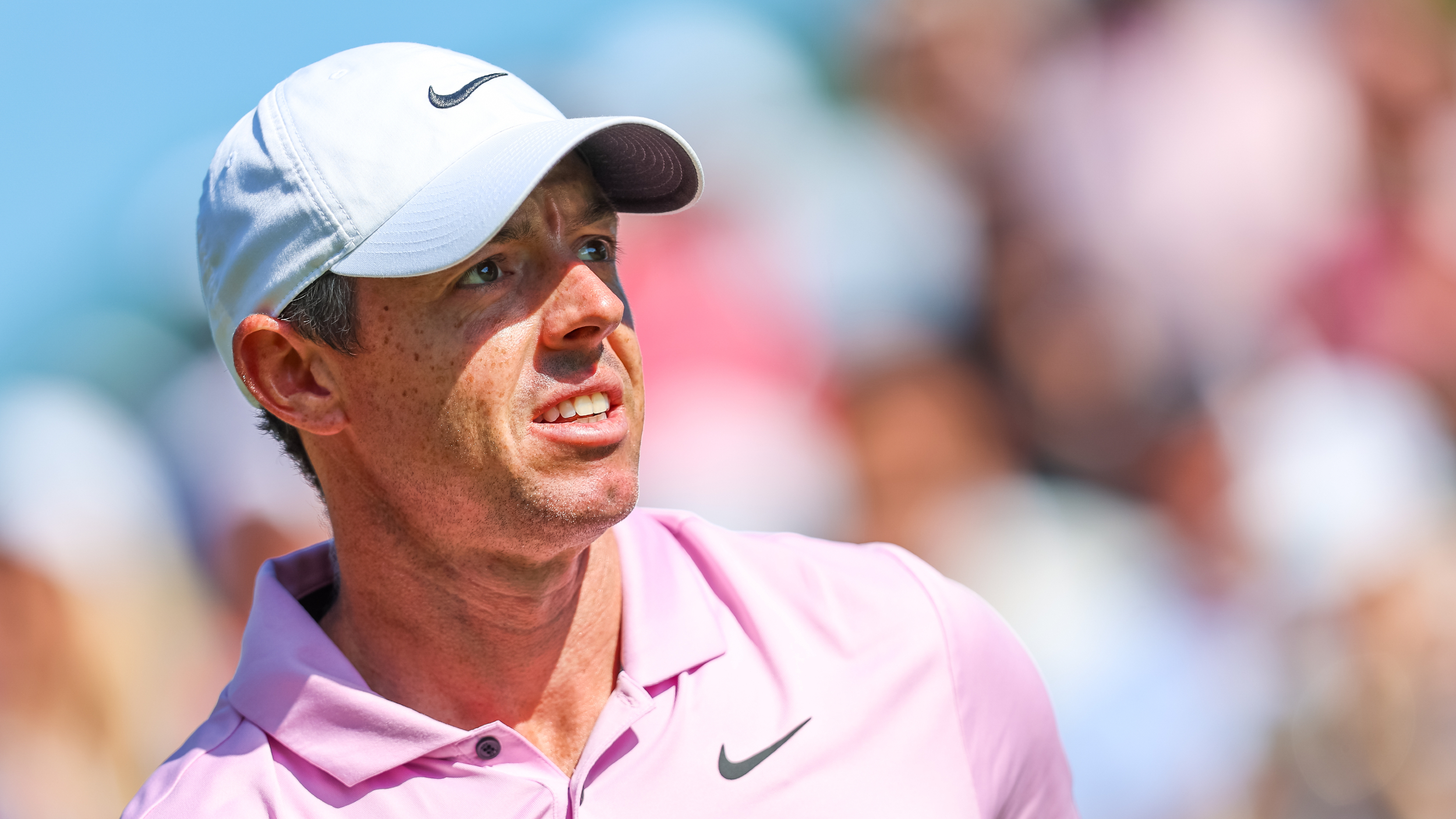 ‘He Is Too Good To Be Remembered As A Choker' - Golf Monthly Writers On Whether Rory McIlroy Can Bounce Back From Latest Major Heartbreak
‘He Is Too Good To Be Remembered As A Choker' - Golf Monthly Writers On Whether Rory McIlroy Can Bounce Back From Latest Major HeartbreakFollowing McIlroy's US Open disappointment at Pinehurst No.2 on Sunday, some of the Golf Monthly team discuss what is likely to happen to him next...
By Jonny Leighfield
-
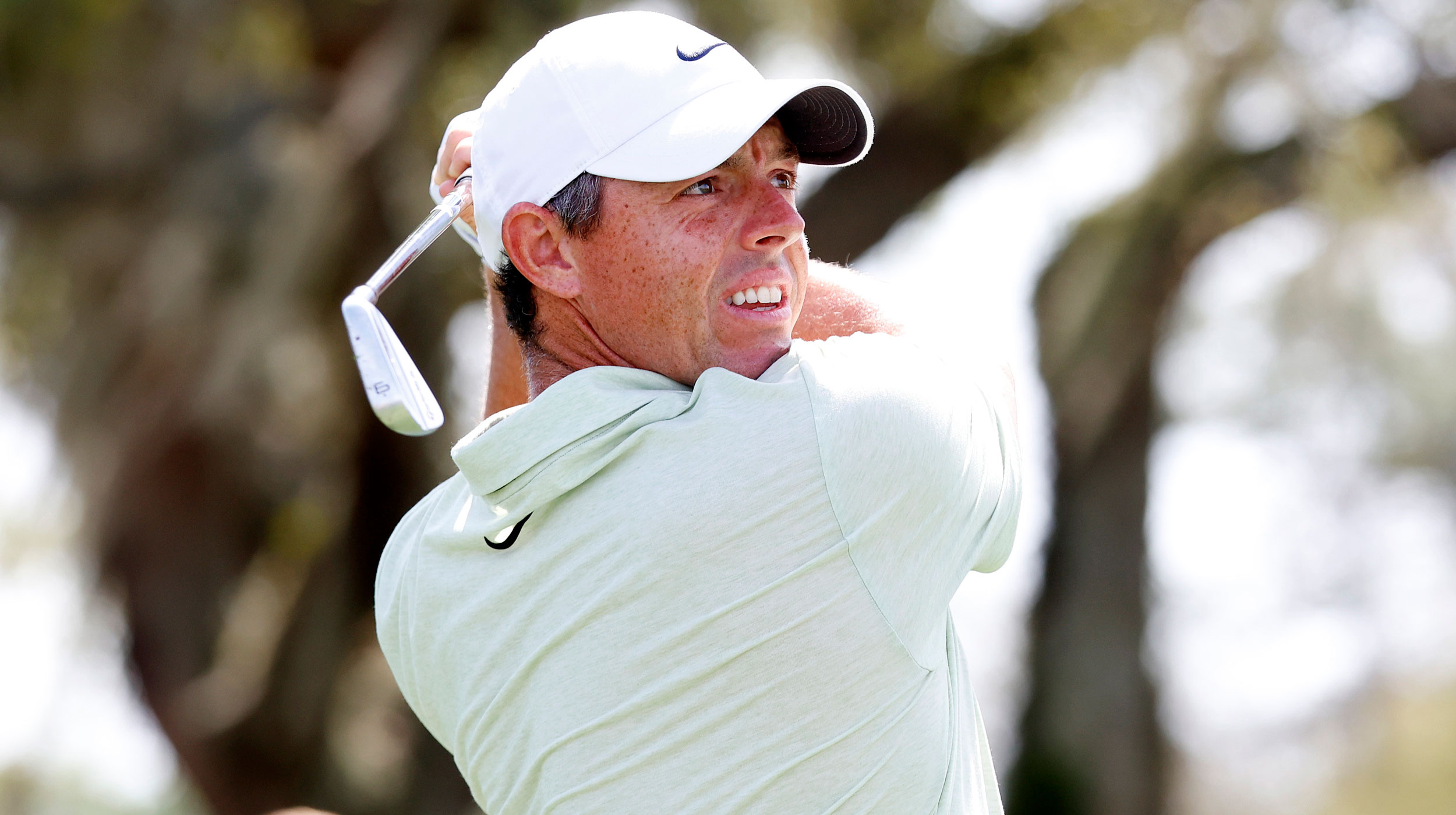 What Shoes Is Rory McIlroy Wearing At The Players Championship?
What Shoes Is Rory McIlroy Wearing At The Players Championship?The Northern Irishman was spotted wearing some special edition shoes for the tournament but what are they? We explain all here.
By Sam Tremlett
-
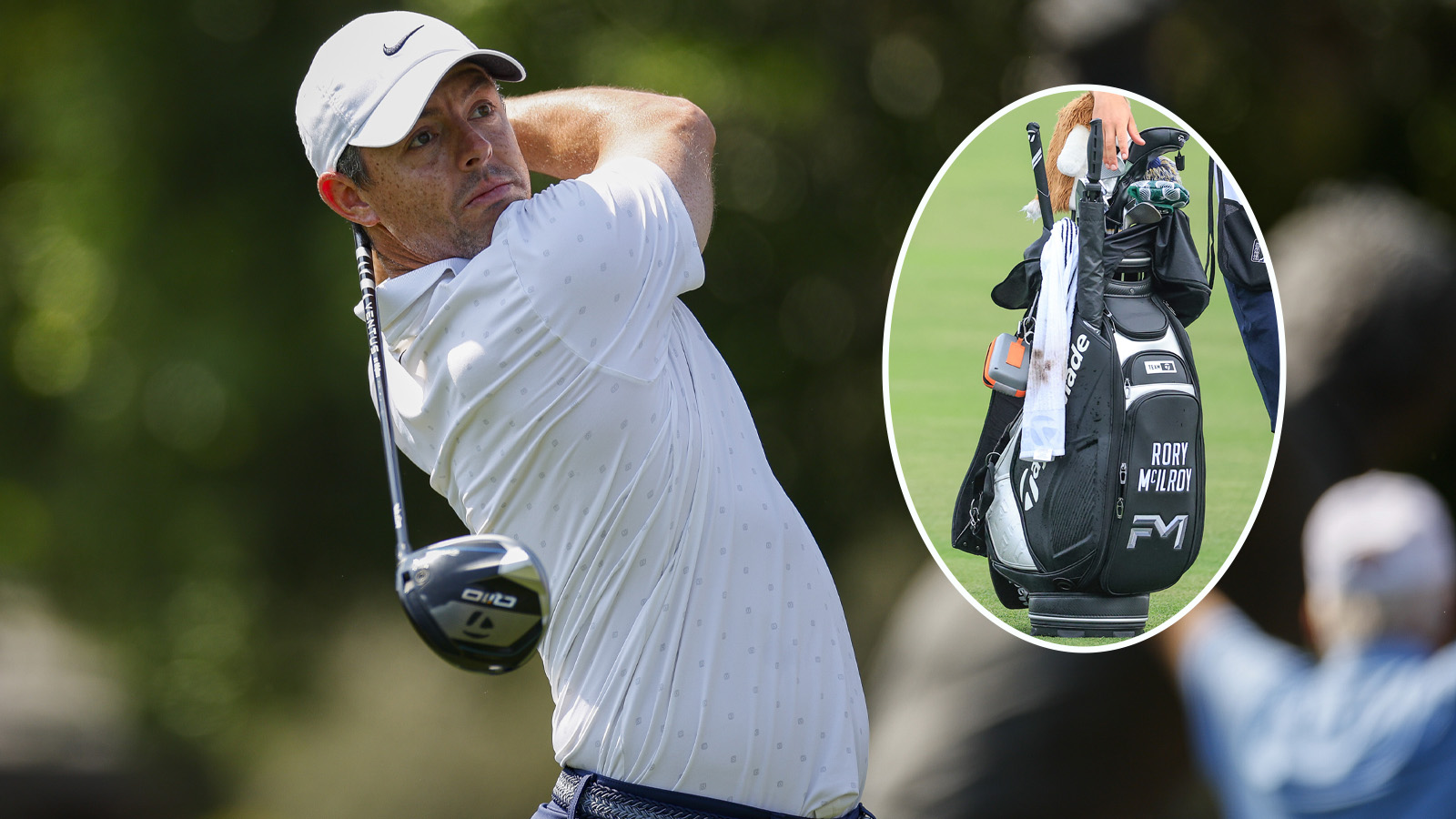 Rory McIlroy What’s In The Bag? 2025 Update
Rory McIlroy What’s In The Bag? 2025 UpdateWe take a look at the clubs the four-time major champion has in his bag for the 2025 season
By Sam De'Ath